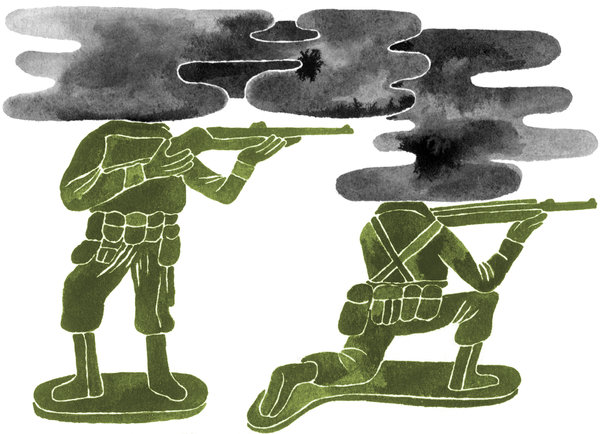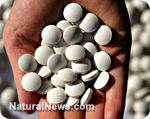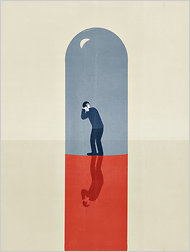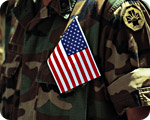
NY Times: Wars on Drugs
Last year, more active-duty soldiers committed suicide than died in battle. This fact has been reported so often that it has almost lost its jolting force. Almost.
Worse, according to data not reported on until now, the military evidently responded to stress that afflicts soldiers in Iraq and Afghanistan primarily by drugging soldiers on the front lines. Data that I have obtained directly from Tricare Management Activity, the division of the Department of Defense that manages health care services for the military, shows that there has been a giant, 682 percent increase in the number of psychoactive drugs — antipsychotics, sedatives, stimulants and mood stabilizers — prescribed to our troops between 2005 and 2011. That’s right. A nearly 700 percent increase — despite a steady reduction in combat troop levels since 2008.




